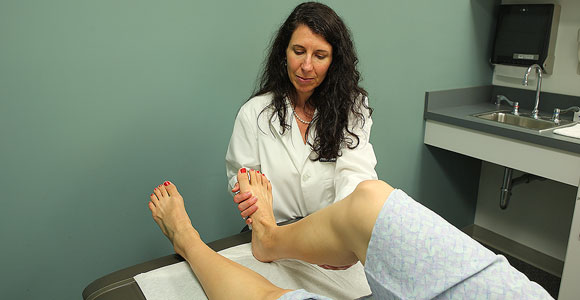Medical Rehabilitation Group P.C.
Physical Medicine and Rehabilitation
Spasticity

Conditions & Symptoms
Spasticity is a debilitating condition impacting approximately one million Americans, many following a stroke, spinal cord injury or brain injury. Muscles can become very tight and can "spasm" involuntarily.
Common symptoms of spasticity of the arms or legs may include:
1) A clenched hand in a tight, balled-up fist
2) An arm twisted and "stuck" against the chest
3) A flexed or bent elbow or wrist
4) Uncomfortable contractures of the arm or hand
5) Shaking or involuntary stiffness of the muscles of the leg when walking
6) Toe walking
Cervical Dystonia is a condition that causes the muscles in your neck to tighten or spasm without your control. If you have cervical dystonia, your head may turn in an unusual way or it may be forced into an abnormal posture. The symptoms may make it difficult to do simple daily tasks, such as dressing yourself, reading or driving a car. Cervical dystonia can be treated and getting treatment may help you return to your regular activities.
Common Signs of Cervical Dystonia:
1) Neck muscle spasms or tightness
2) Neck pain
3) Aches and pains around the neck that worsen over time
4) Involuntary head turning, pulling or shifting to one side
5) Shaking or head tremor
6) Symptoms that worsen after stress or activity
7) Difficulty swallowing
Examination & Diagnosis
The doctors at Medical Rehabilitation Group will take a detailed history and perform a comprehensive physical examination to accurately diagnose your condition. They will review all past testing and medical records and make recommendations for treatment based on your individual needs.
Treatment & Procedures
There are a number of effective treatments for spasticity including targeted physical therapy, oral medications and Botulinum Toxin Type A injection therapy. The doctor's recommendations will be based upon your individual history and physical examination.